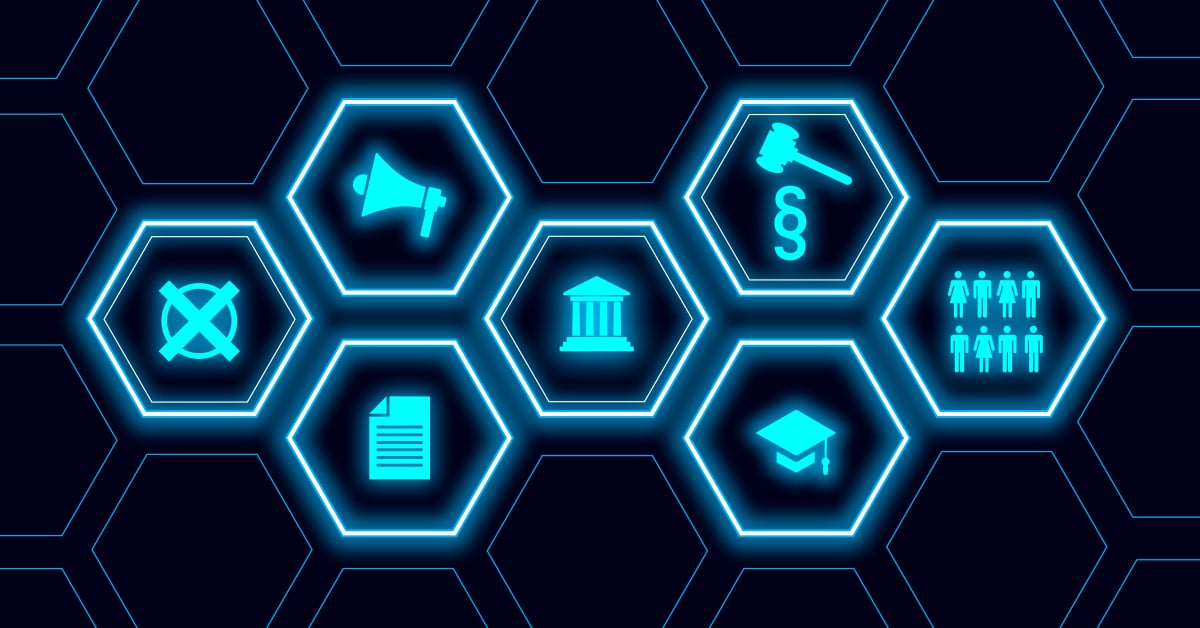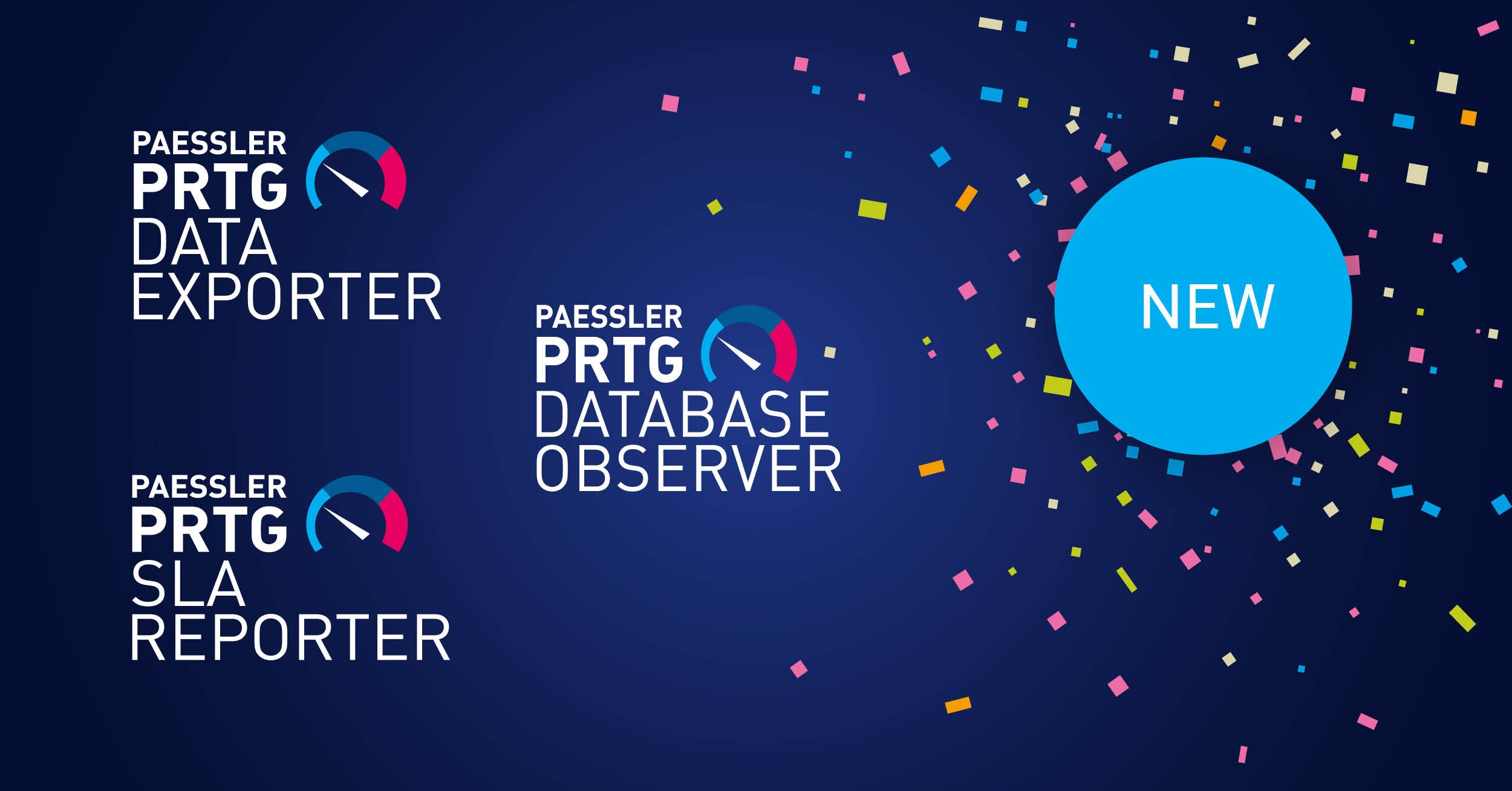There is a term called e-government and it basically describes the use of technical resources to provide public services to citizens in a region or a whole country. In principle, the term covers all mutual relationships: It consists of the digital interactions between a citizen and the government, between a central government and government agencies or regional institutions, between a government and its citizens, between a government and its employees, and finally between government and businesses. E-government and Government 2.0 are sometimes used interchangeably, with Gartner defining the latter term as having the following characteristics; It is citizen- and employer-driven, it keeps evolving and is transformational, it requires a blend of planning and nurturing, it needs pattern-based strategy capabilities and finally calls for a new management style.
In the meantime, however, areas such as big data, Internet of Things, administrative and business process management, blockchain and sophisticated monitoring are all driving public sector innovation, creating improvements in service delivery, resource management, and decision making. This transformation is often referred to as Government 3.0. Let's take a look at how monitoring enhances the technical possibilities of government IT in the 2020s.
🛎️ Everyday service
A growing number of citizens expect information and services to be available to them around the clock in the form of online services. The advantages for the operators are obvious: staff is relieved, peak times are eased. IT is responsible for providing these services while ensuring maximum security and continuously expanding the range of services. Security in itself is a central issue for IT in the public sector. Here, highly sensitive personal data is handled. It must be guaranteed that all security systems work reliably around the clock.
🔒 Security and data protection
Only centralized data storage enables efficient administration; but only if access to this data is also possible for branch offices at any time in a secure and high-performance manner. To avoid serious interruptions to business operations, it is not enough to solve problems that have already occurred. Rather, all processes and devices must be continuously monitored in order to detect and eliminate errors before they become a problem. On the basis of the data obtained in this way, networks can also be optimized in the long term and failures avoided right from the start.
📍 Distributed locations
Public offices and local communities are highly dependent on a functioning IT infrastructure. To a large extent, the same requirements and rules apply as for companies, educational institutions or in the health sector. Availability and performance must be guaranteed continuously, bottlenecks and failures can have serious consequences. Apart from this, however, there are special challenges in the public sector. Distributed locations are more the rule than the exception. Different offices, field sites, various data centers – all these must be networked and integrated into the central administration. Networks in public institutions have usually grown over long periods of time and are therefore often very heterogeneous. Frequently, older devices are found next to modern equipment or different locations are equipped with different devices. On the software side, special solutions are used repeatedly, which are only accessed by a few employees, but are nevertheless of essential importance.
💰 Clear licensing, fair pricing
Every PRTG license includes the entire functionality without modules or add-ons. This makes licensing clear and helps public officials to make an easy decision. PRTG comes in two different licensing options, as a perpetual license or as a subscription model, both with the option to easily scale with growing demand.
Both internal processes and citizen services depend to a large extent on an available and high-performance network. In order to guarantee this, IT needs the appropriate information. Network monitoring solutions are the information providers. Find out everything else on our new solution page about government IT monitoring.
 Published by
Published by 






